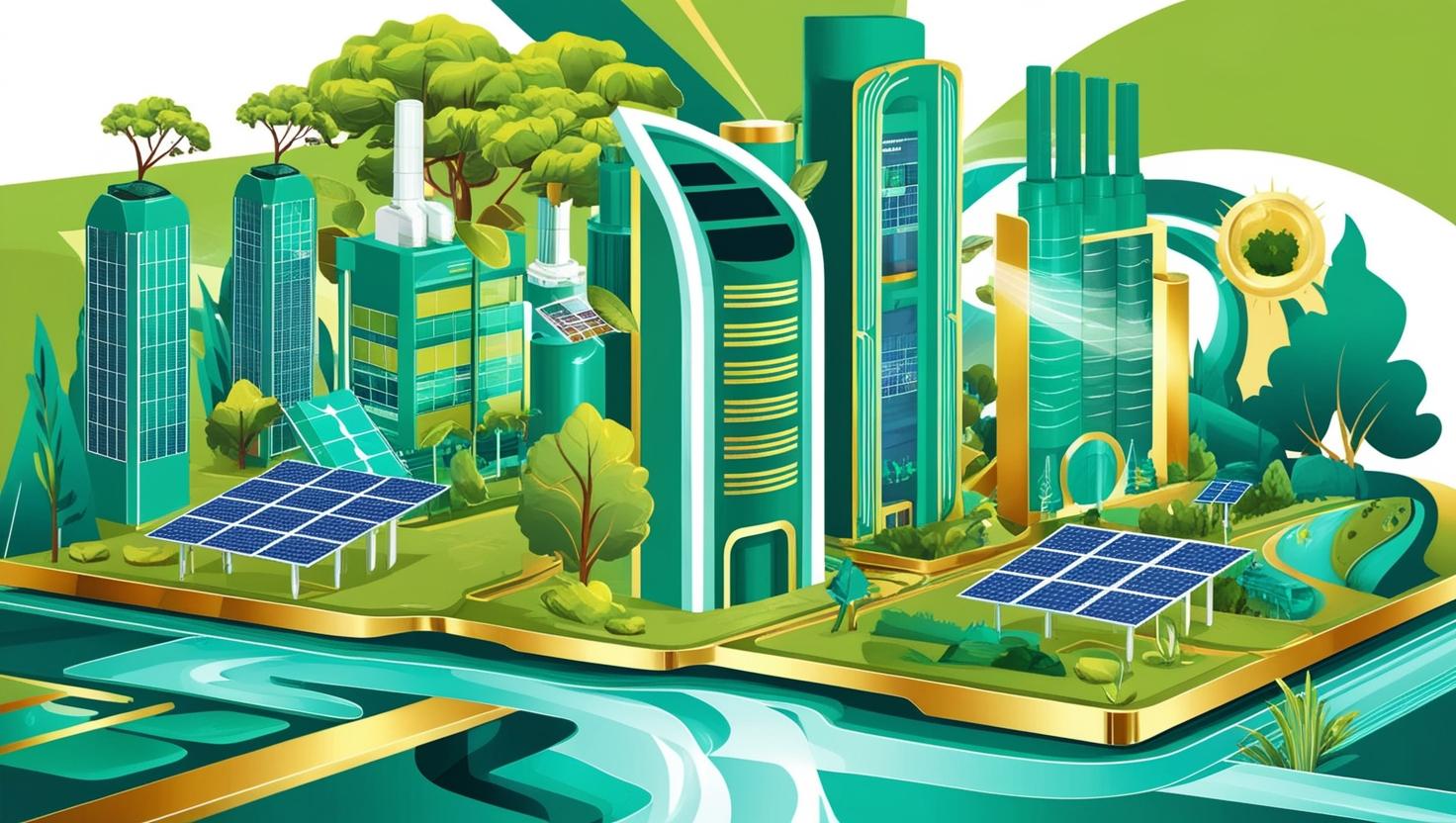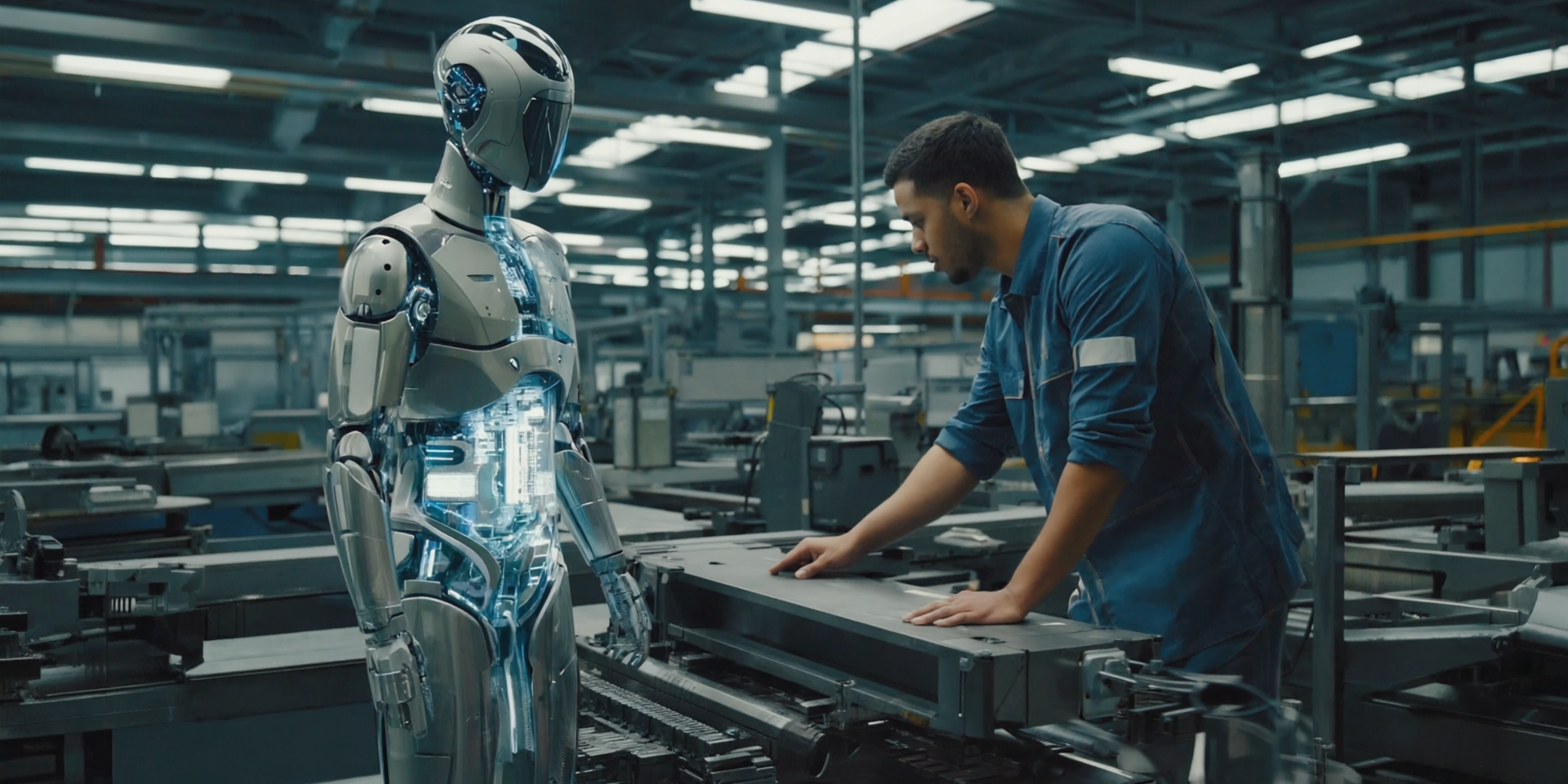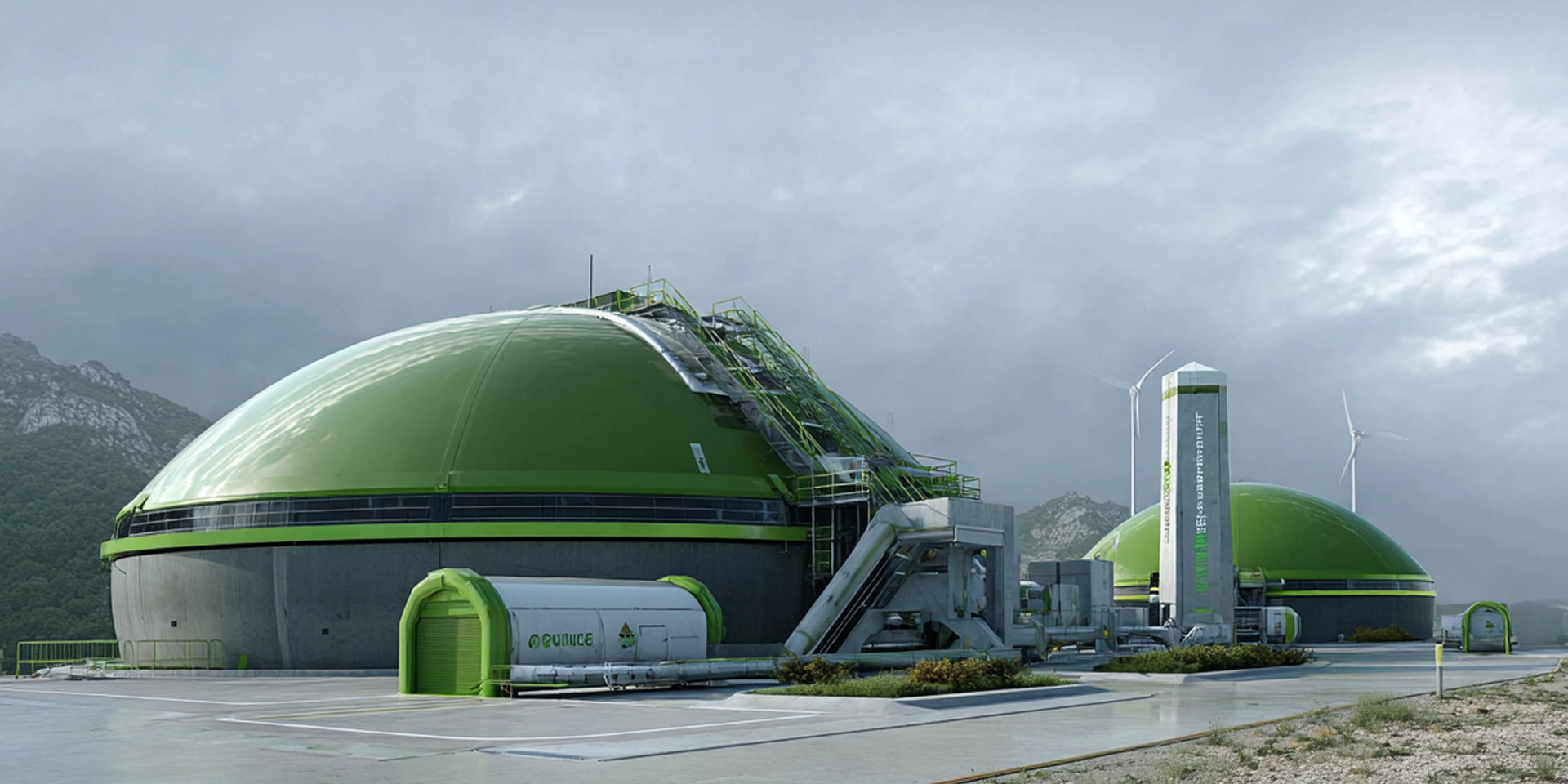Sustainability and innovation are two concepts that are becoming increasingly interconnected in the global landscape. Sustainability is no longer just an issue of environmental ethics, but an economic, social and political imperative. The greatest challenge for humanity is how to combine economic growth with respect for the environment and social well-being. Innovation plays a crucial role in this context, as it is the key to developing new and effective solutions to global challenges.
The concept of sustainability: beyond the environment
Sustainability is based on three main pillars: environmental, economic and social. Traditionally, when we talk about sustainability, we mainly refer to the conservation of the environment, the reduction of pollution, the management of natural resources and climate change. However, sustainability has now become a multidimensional concept that also includes the need to create a just, equitable and inclusive society, and to promote an economy that can sustain the well-being of future generations.
The environmental pillar is concerned with protecting natural ecosystems, sustainable resource management and reducing greenhouse gas emissions. The social pillar involves promoting human rights, social justice and equality, while the economic pillar focuses on creating business models that can thrive in the long term without depleting natural resources or increasing inequalities.
Innovation and sustainability: an indivisible combination
Innovation plays a central role in achieving sustainability goals. Without innovation, we cannot hope to solve the complex problems of climate change, scarcity of natural resources and growing social inequalities. The ability to innovate is a key driver for developing technologies, business models and policies that can address global challenges and promote a sustainable future.
Sustainability can be seen as a fertile field for innovation. Innovative solutions are needed in many sectors to reduce environmental impact, improve efficiency and stimulate economic growth. Innovation is not limited to the creation of new products or technologies, but also includes changes in business processes, consumption patterns and individual and collective behaviour.
Technologies and innovations for sustainability
There are many emerging technologies that are transforming the sustainability landscape. The following examines some of the areas where innovation is playing a crucial role in promoting sustainability.
Renewable energy
The transition to an energy system based on renewable sources is one of the most urgent challenges in tackling climate change. Technological innovation in the renewable energy sector has made enormous strides over the last few decades. Technologies such as solar PV, wind, geothermal and biomass energy are becoming increasingly efficient and accessible.
Solar energy, for example, has seen a dramatic reduction in production costs due to advances in materials and technologies used in the production of photovoltaic panels. Wind energy has also benefited from significant improvements in efficiency and turbine size, making this energy source more competitive.
Circular economy
The circular economy is another example of innovation applied to sustainability. This economic model is based on reuse, recycling and waste reduction. Companies adopting the circular model not only reduce their environmental impact, but also optimise costs and create new economic opportunities.
Technology plays a key role in this process. Materials tracking and tracing systems, new methods for recycling plastics and the design of modular and repairable products are all examples of innovation that support the transition to a circular economy.
Sustainable agriculture
Agriculture is a major source of greenhouse gas emissions and environmental degradation. However, innovation in the agricultural sector can significantly reduce environmental impact while improving food safety. Technologies such as precision agriculture, which uses sensors and drones to optimize the use of resources (such as water, fertilizers and pesticides), can increase productivity and reduce waste.
Furthermore, the introduction of drought and disease resistant genetically modified crops (GMOs) can help to ensure a more sustainable food supply by reducing the need for agricultural land and natural resources.
Sustainable mobility
The transport sector is a major source of air pollution and greenhouse gas emissions. However, innovation in mobility is creating new and more sustainable solutions. Electric vehicles (EV) are growing rapidly, thanks to advances in batteries and charging infrastructure.
In addition to electric vehicles, there are also innovations in public transport technologies such as electric buses and high-speed trains. In addition, the concept of “smart cities” is emerging, where public transport is integrated with advanced technologies to improve efficiency and reduce pollution.
Digital technologies and artificial intelligence (AI)
Digital technologies, such as Artificial Intelligence (AI), are also playing an important role in promoting sustainability. AI can be used to optimise energy consumption, predict traffic patterns, improve natural resource management and develop new sustainable materials.
For example, using machine learning algorithms to analyze energy consumption data can help companies reduce waste and improve efficiency. In addition, AI can be used to design new technological solutions with a lower environmental impact.
Innovation and enterprise: a new business model
Companies are beginning to understand that innovation is not only an opportunity to increase profits, but also a way of meeting sustainability challenges. Growing pressure from consumers, investors and regulations is pushing companies to integrate sustainability into their business strategies.
Many companies are developing new business models that focus on sustainable products and services. For example, “green business” models encourage the use of renewable resources, low-carbon production and recycling. Companies that adopt sustainability as a guiding principle can benefit from a competitive advantage, attracting increasingly environmentally conscious consumers.
The challenges of sustainable innovation
Despite the great potential of innovation to promote sustainability, there are still many challenges to be addressed. One of the main difficulties is the scalability of technological solutions. Many sustainable technologies, although promising, are not yet capable of large-scale adoption due to high costs, lack of adequate infrastructure or cultural and political resistance.
Another challenge is global inequality. While developed countries are making progress in adopting sustainable technologies, developing countries face economic and infrastructural barriers that make it difficult to access these solutions. Innovation must therefore be designed in an inclusive way, to ensure that the benefits of sustainability are accessible to all, regardless of their geographical location or economic status.
The future of sustainability and innovation
The future of sustainability and innovation is closely linked. The transition to a sustainable society requires deep and lasting change, involving not only technologies but also individual behaviour, public policies and economic models.
Companies, governments and civil society must work together to develop innovative solutions that respond to global challenges. At the same time, it is crucial that innovation be guided by ethical principles, ensuring that technological advances not only improve efficiency but are also fair, inclusive and environmentally friendly.
In conclusion, sustainability and innovation are two sides of the same coin. Innovation is the key to achieving a sustainable future, while sustainability is the context that guides and gives meaning to innovation itself. Together, they can build a more equitable, prosperous world in harmony with our planet.






